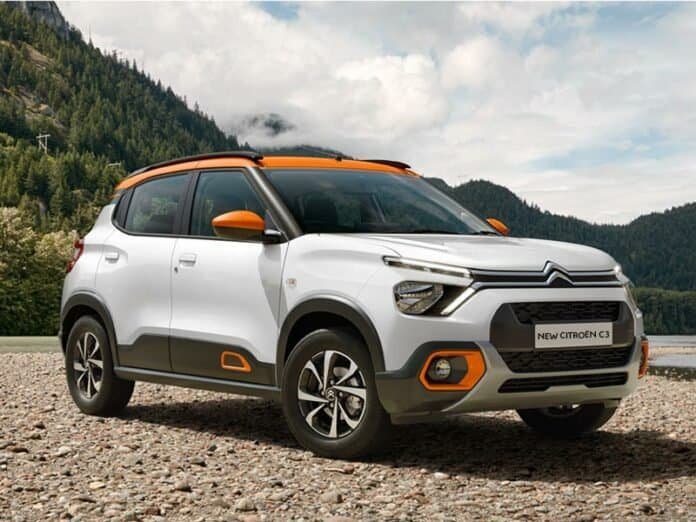The ambitious plan by India to hasten the adoption of EVs is well-intentioned and well-executed, but there is a critical issue that needs to be addressed: will the nation’s power system withstand the enormous increase in demand? Only a tiny fraction of all automobiles on the road today—roughly 1%—are electric vehicles. But they are increasing quickly. According to information made public by the government’s Vahan database, 1.17 million electric vehicles across all categories were sold in FY 2022–23, making up more than half of the overall 2.27 million electric vehicles on Indian roads.
Sales of two- and three-wheelers from prominent domestic brands like Ola Electric, Ather Energy, and Mahindra Piaggio have largely driven India’s recent electric vehicle boom. Personal mobility dominated by four wheels is still catching up as more and more firms concentrate on electric vehicles. The situation appears to be under control for the time being. According to a Statista analysis for FY22, the power system is more than capable of supporting the charging of electric vehicles given that they still represent a small portion of the 362 million vehicles that are now on Indian roads. However, a number of analysts, including the government think tank NITI Aayog, caution that things will probably alter during the next seven years.

According to a Brookings analysis, by 2030, electric vehicles are predicted to be more in demand in India’s power system than even steel and other industries. The peak contribution—the highest amount of electricity that EVs could use from the energy grid—could really range between 120 gigawatts and 332 GW by 2030, according to the Washington-based public policy organisation. The upper end of the range exceeds the estimated peak power demand of 209.66 GW in 2022, indicating the need to expand the power grid’s capacity and boost both electricity generation and distribution.
Production and distribution of electricity for EVs in India
According to the Ministry of Power, India’s entire power production in FY22 increased by 7.96%, including that from renewable sources. From February of last year to FY23, it climbed by 9.25% to 412.21 GW. The government’s goal of having 100% of new car sales be electric vehicles by 2030, according to Brookings, would result in electricity consumption of about 100 terawatts (1 TW equals 1,000 GW). Even if 33% of all auto sales by 2030 are EVs, the “realistic” scenario from Brookings projects a 37 TW electricity demand.

It’s understandable why there is rising doubt about India’s national electric grid’s ability to supply the electricity demand from electric vehicles and EV infrastructure given the country’s installed generation capacity of 412.21 GW as of February 28, 2023. However, in addition to producing electricity, there is still significant work to be done on the distribution level, as stated in the ‘Handbook of EV Charging Infrastructure Implementation’ published by NITI Aayog in 2021. The think-tank stated that as electric vehicle usage grows, rising charging loads “pose risks at multiple levels, from the DISCOM’s service area to the feeder level.”
It continued by saying that while smart technologies can be used to manage charging loads, distribution companies must immediately implement plans for network and grid growth. Any distribution bottlenecks must be removed, agrees Credit Analysis and Research’s Sudhir Kumar, Director of Infrastructure Ratings. “Power distribution firms will be responsible for building the required infrastructure for the distribution of electricity to catch up. Since it would also require significant capital expenditure expansion, it must be economically viable for them, he says.


